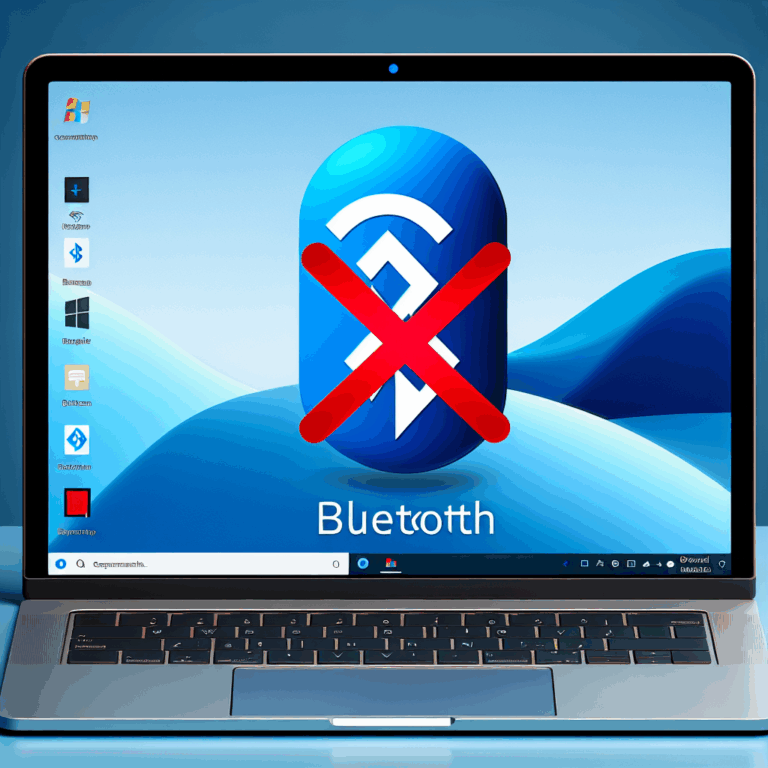Windows 11 Start Menu Not Working – Step-by-Step Troubleshooting
The Windows 11 Start Menu is a central hub for launching apps, searching your PC, and accessing system settings. If it stops responding or fails to open, it can significantly impact your productivity. In this guide, we’ll walk you through a series of troubleshooting steps to get your Start Menu back to normal.
Common Causes of Start Menu Problems
- Corrupt system files
- Faulty Windows updates
- Issues with the Windows Explorer process
- Corrupt user profile
- Third-party software conflicts
Step-by-Step Troubleshooting
1. Restart Windows Explorer
Sometimes the Start Menu issue is simply a hiccup in the Windows Explorer process.
- Press Ctrl + Shift + Esc to open Task Manager.
- Under the Processes tab, find Windows Explorer.
- Right-click it and select Restart.
- Check if the Start Menu is now responsive.
2. Check for and Install Windows Updates
Microsoft regularly releases fixes that can resolve Start Menu issues.
- Press Win + I to open Settings.
- Go to Windows Update and click Check for updates.
- Install any pending updates and restart your PC.
3. Repair System Files with SFC and DISM
Corrupt or missing system files can break Start Menu functionality.
- Open Start, type cmd, right-click Command Prompt, and choose Run as administrator.
- Run the System File Checker:
sfc /scannow
- After SFC completes, run the DISM tool:
DISM /Online /Cleanup-Image /RestoreHealth
- Restart your computer and test the Start Menu.
4. Re-register the Start Menu Apps
Re-registering the Start Menu packages can fix broken dependencies.
- Open PowerShell as administrator (search for PowerShell, right-click, and select Run as administrator).
- Paste and run the following command:
Get-AppXPackage -AllUsers | Foreach {Add-AppxPackage -DisableDevelopmentMode -Register "$($_.InstallLocation)\AppXManifest.xml"}
- Allow the process to complete, then reboot your PC.
5. Run the Built-in Start Menu Troubleshooter
Windows 11 includes troubleshooters for common problems.
- Press Win + I to open Settings.
- Navigate to System > Troubleshoot > Other troubleshooters.
- Find Start menu (or “Windows Store Apps”), and click Run.
6. Create a New User Account
If your user profile is corrupt, creating a fresh account can resolve the issue.
- Open Settings with Win + I and go to Accounts > Family & other users.
- Click Add account under “Other users.”
- Follow the prompts to create a local or Microsoft account.
- Sign out and log in with the new account, then test the Start Menu.
7. Perform an In-Place Upgrade Repair
This last-resort step reinstalls Windows 11 without removing your files or apps.
- Download the latest Windows 11 ISO from Microsoft’s official site.
- Mount the ISO (double-click the file) and run setup.exe.
- Choose Keep personal files and apps when prompted.
- Follow the on-screen instructions to repair your system.
Conclusion
By following these troubleshooting steps—restarting Explorer, applying updates, repairing system files, re-registering packages, running troubleshooters, or creating a new user—you should be able to restore your Windows 11 Start Menu functionality. If problems persist, consider reaching out to Microsoft Support or consulting with an IT professional for deeper system diagnostics.

